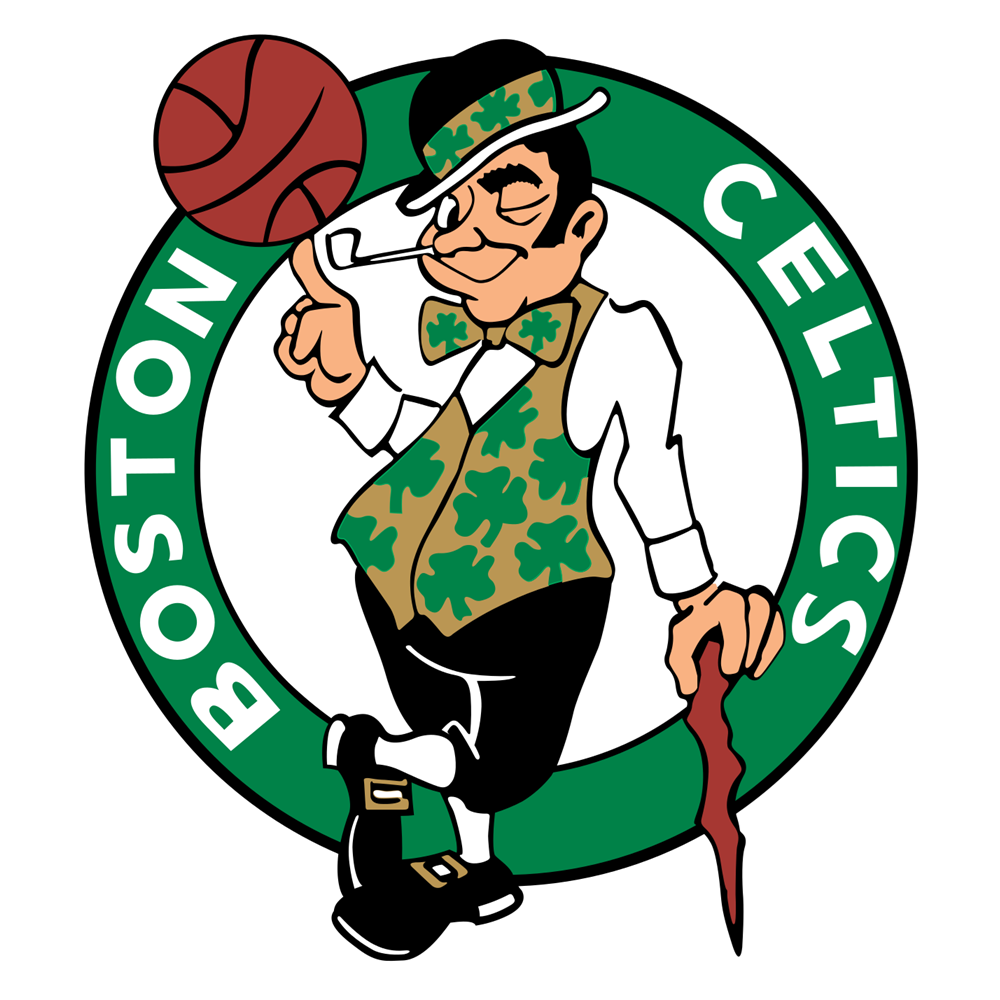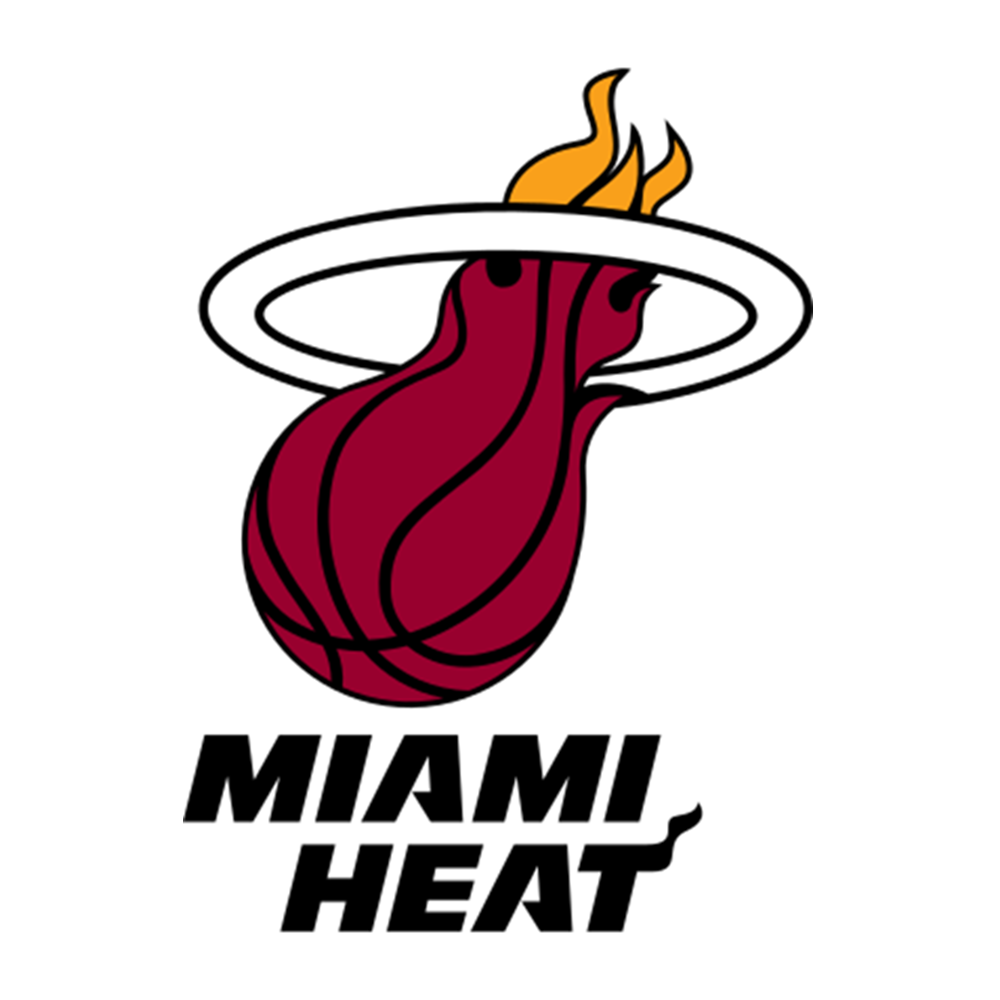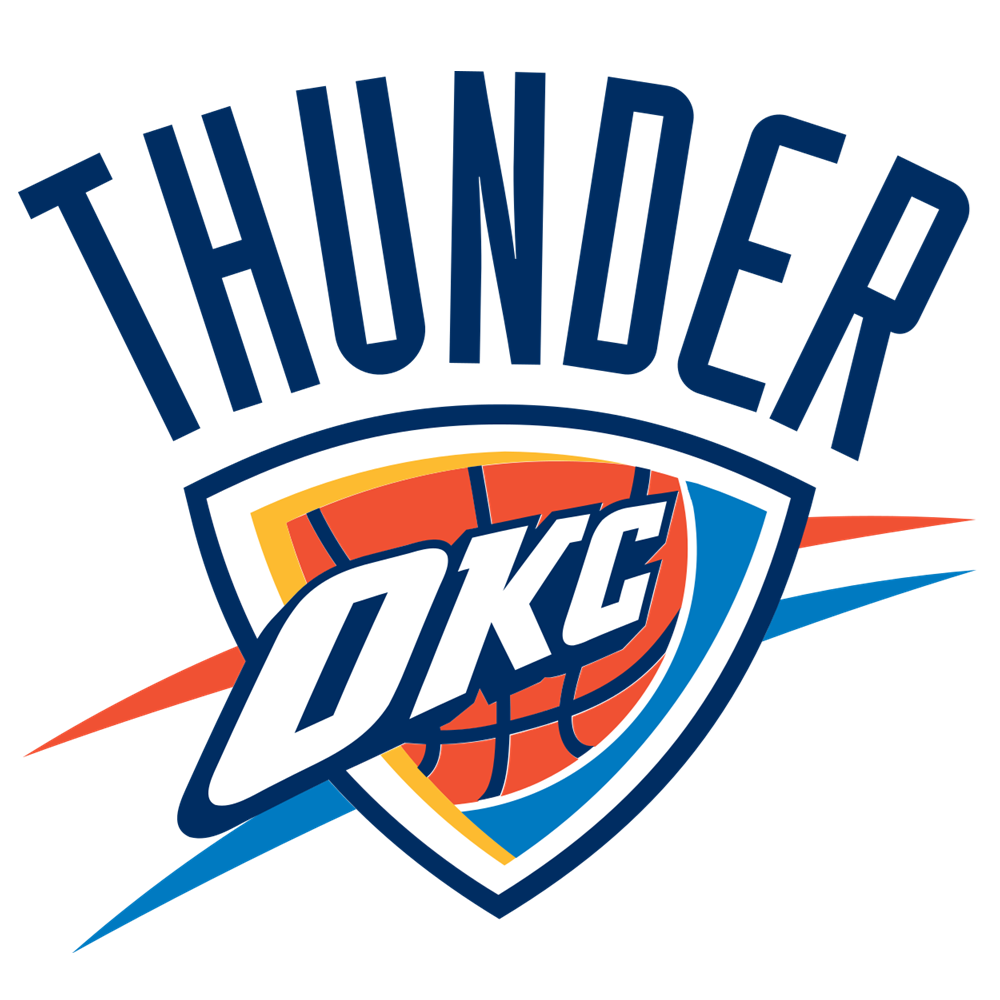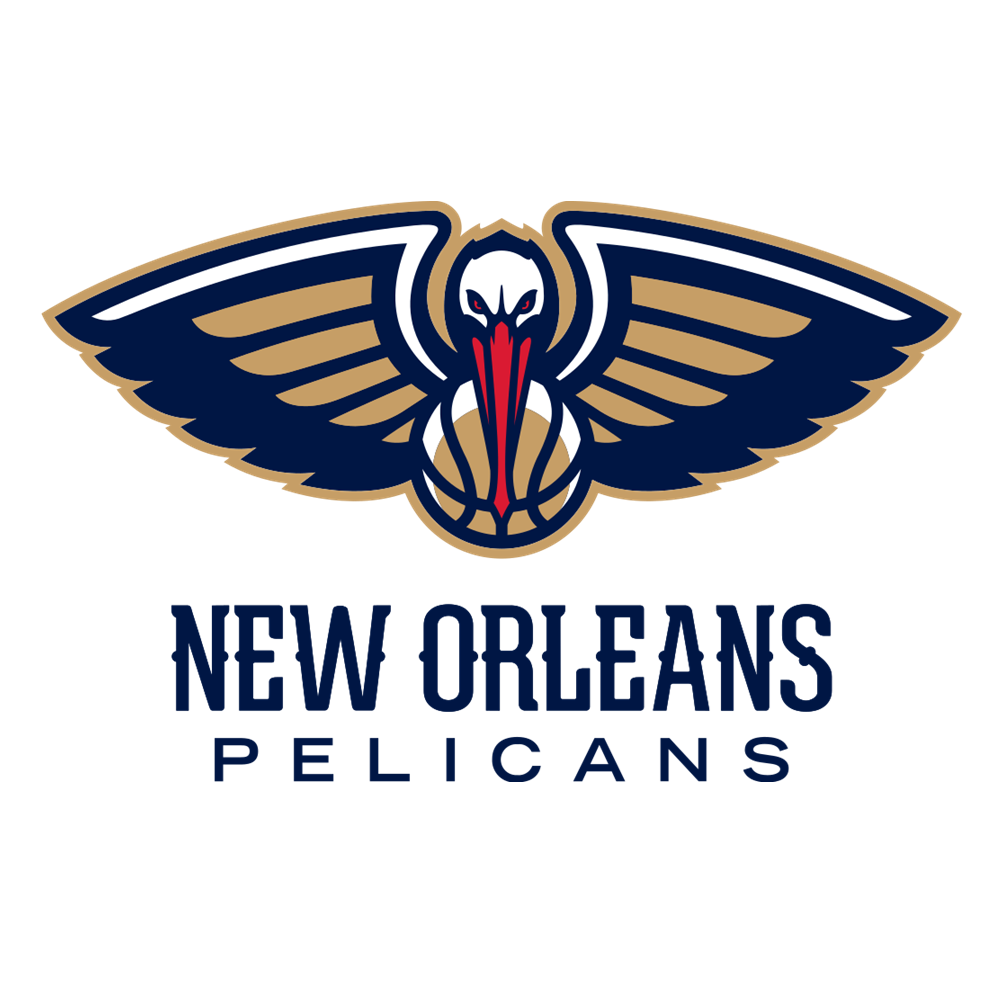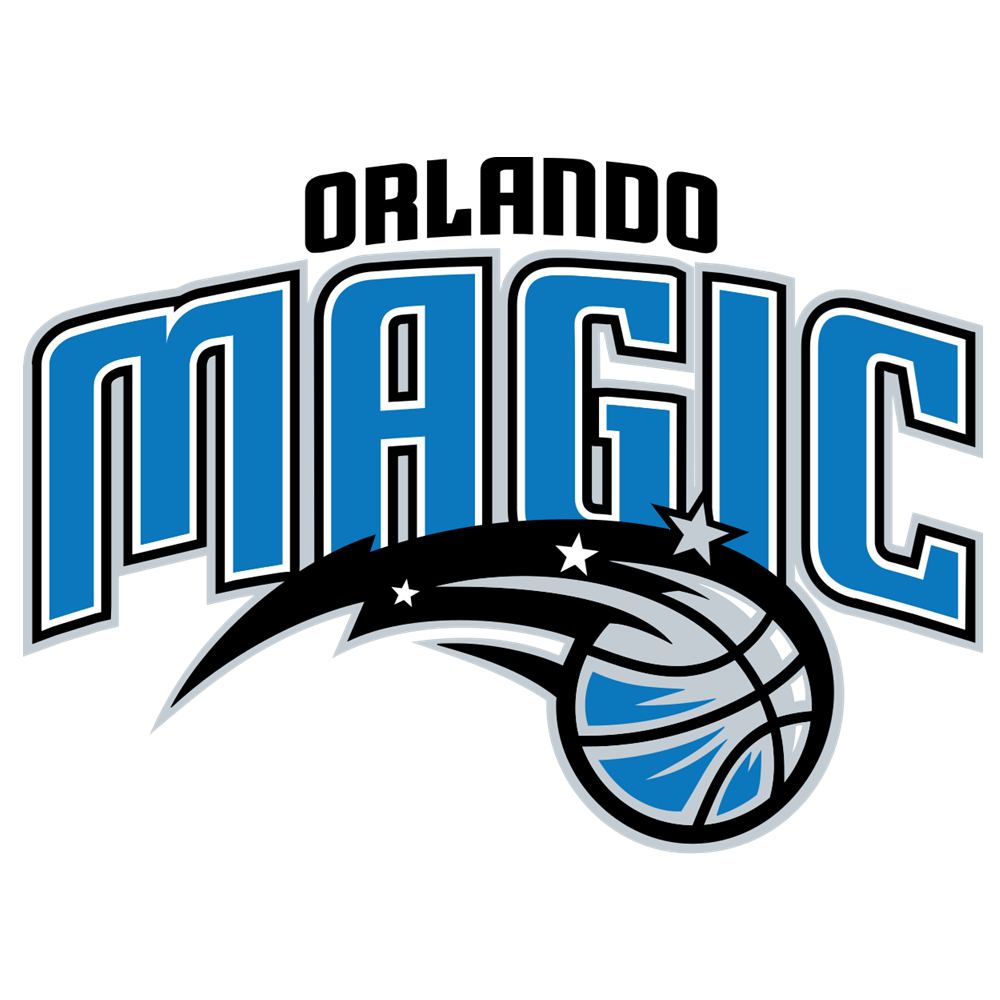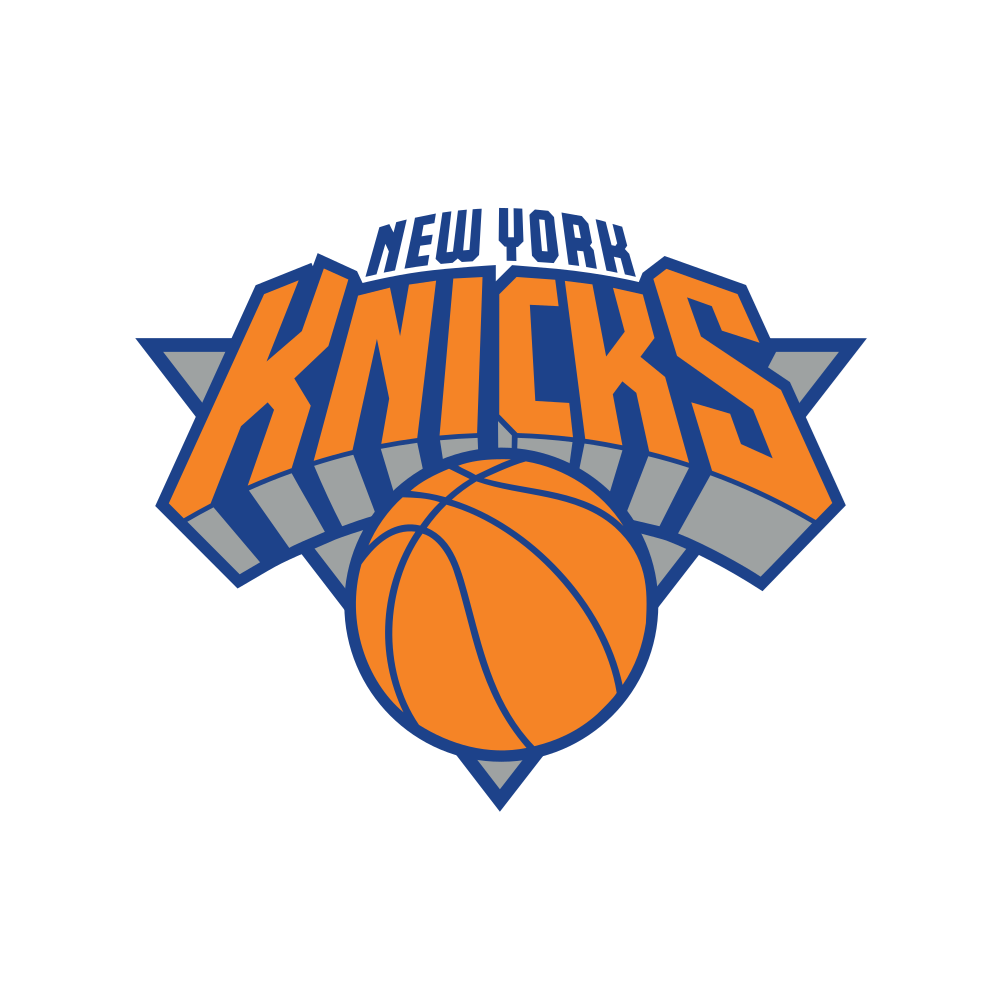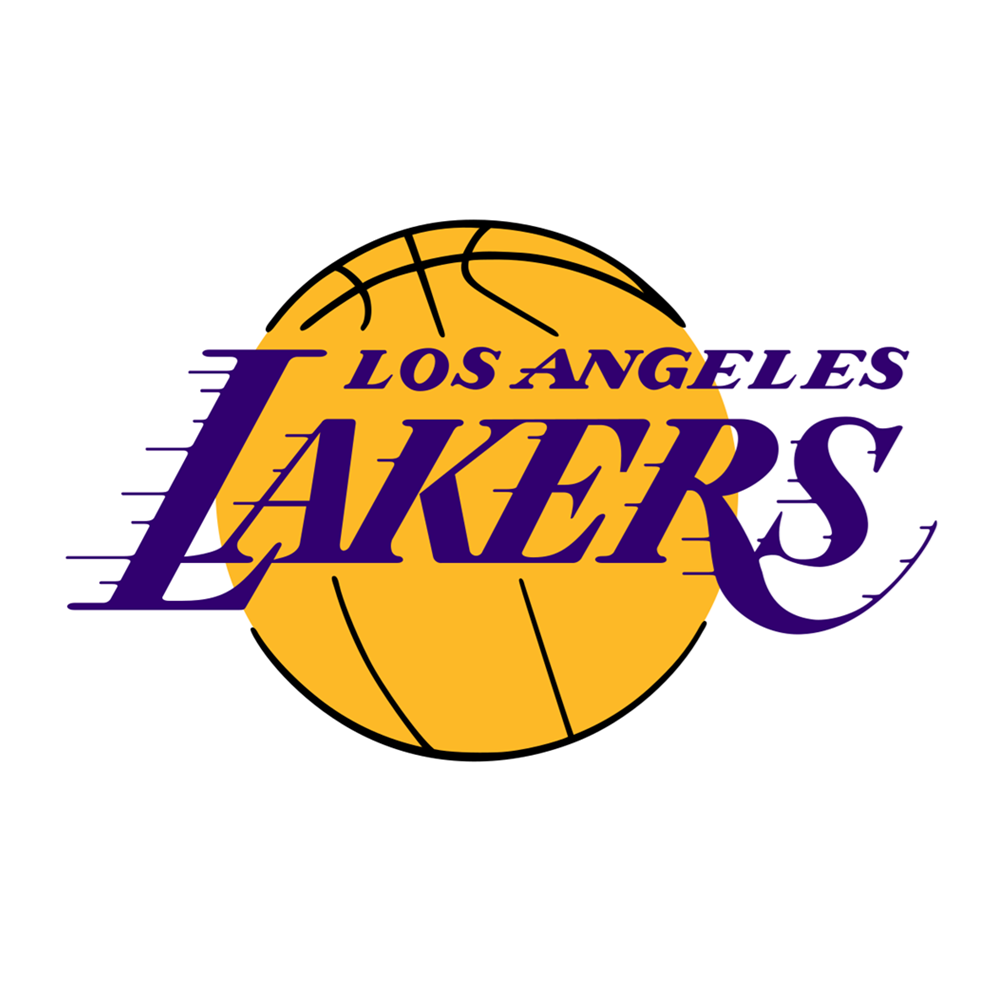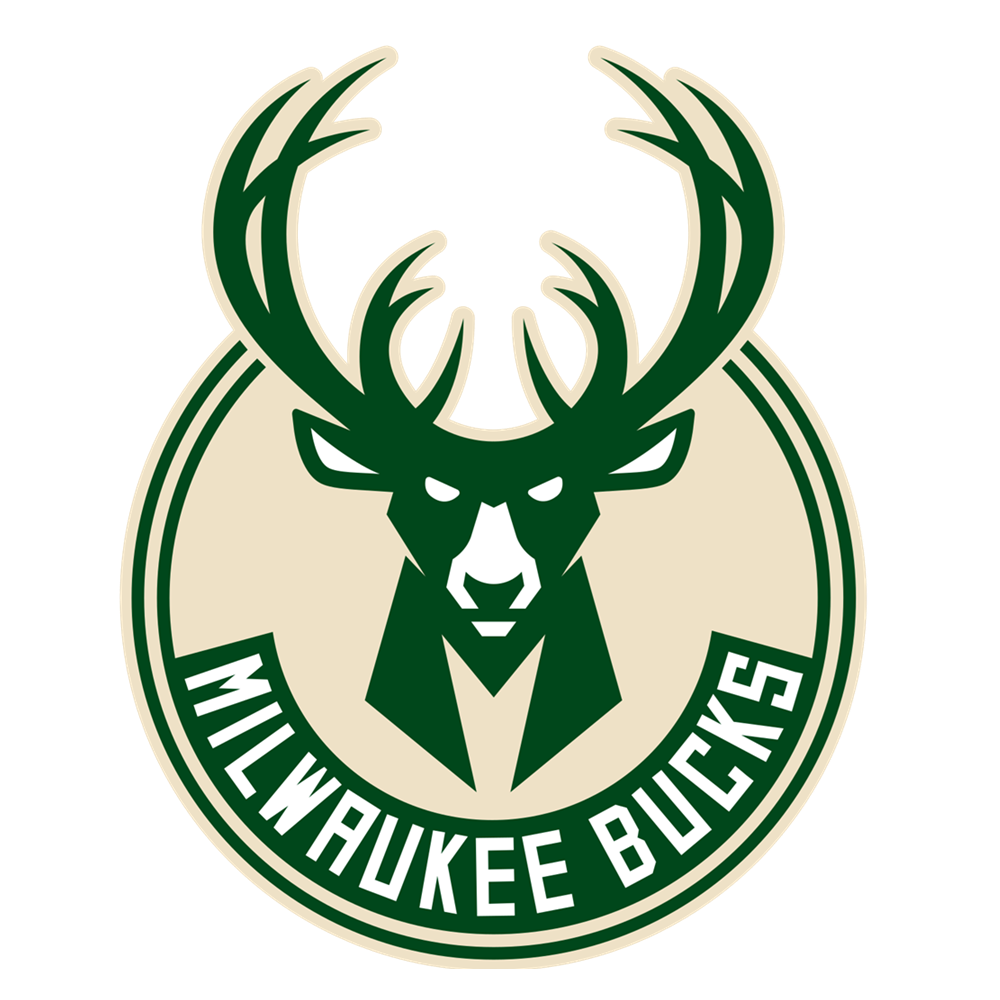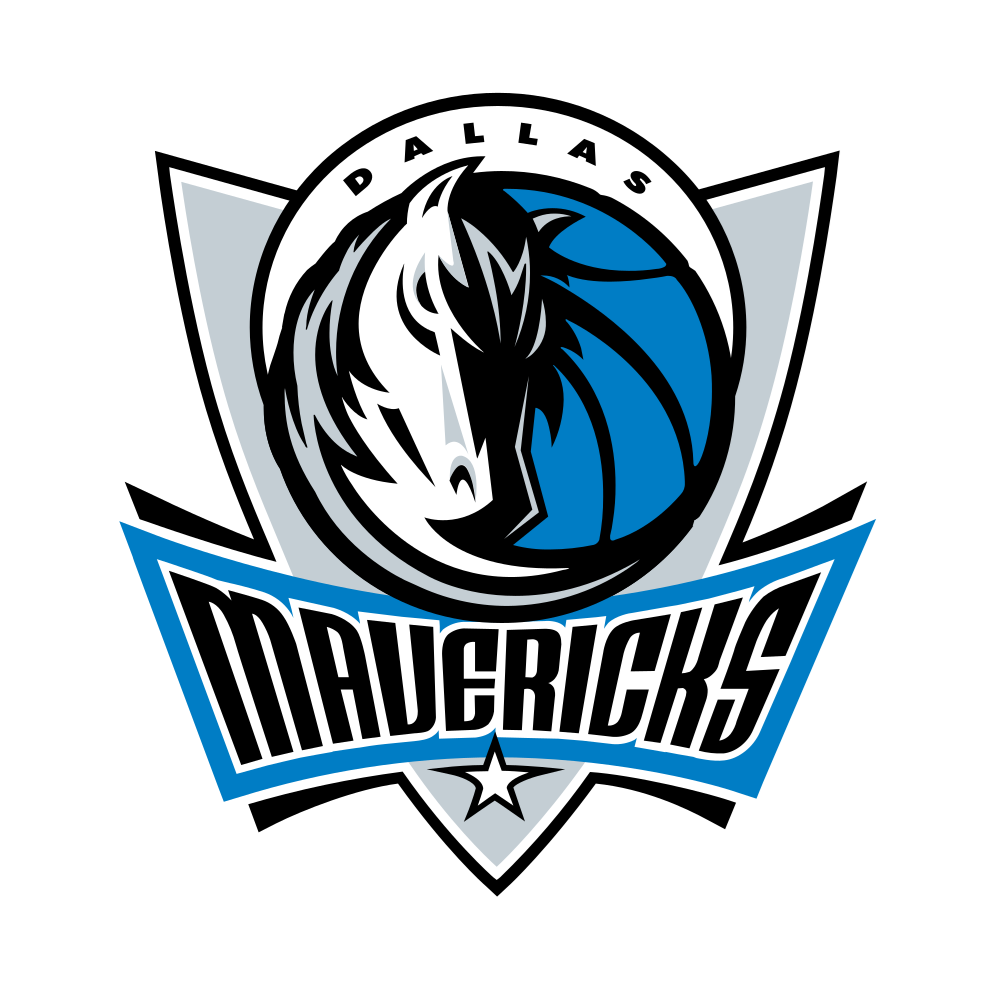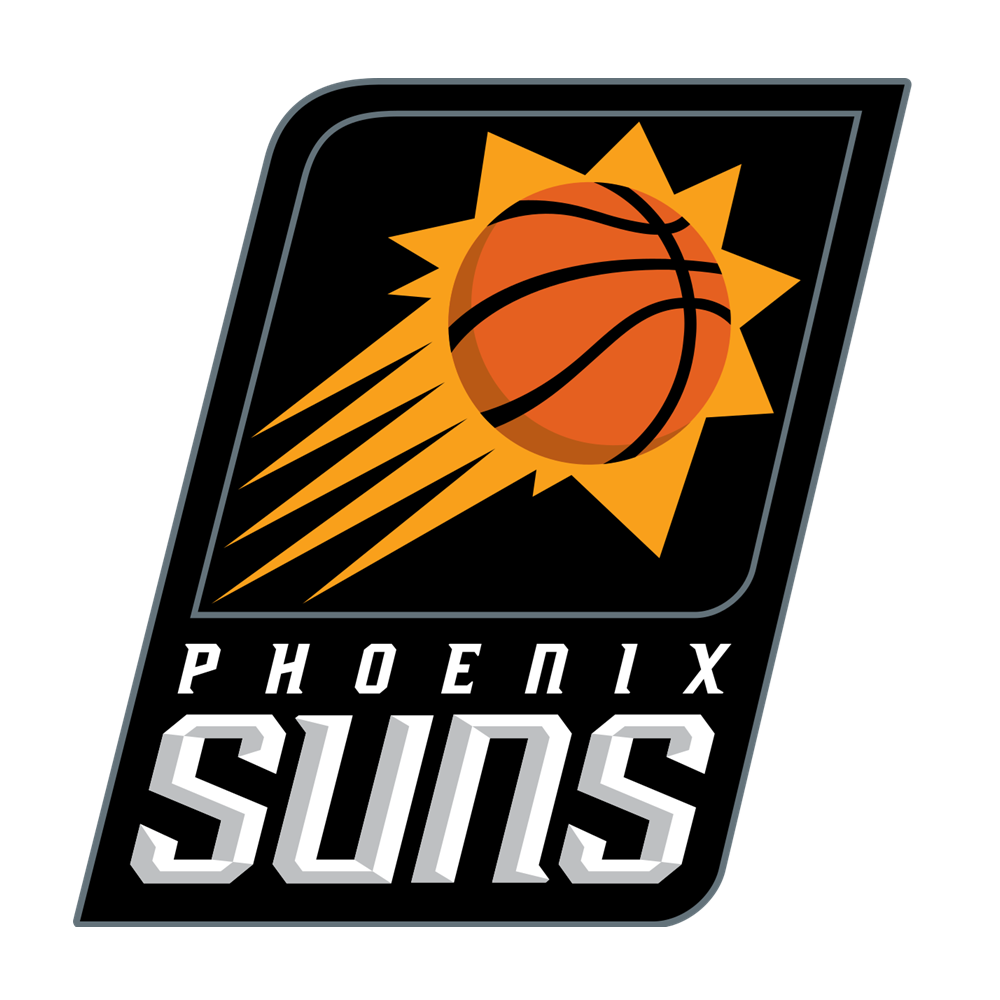With the 2017/18 NBA season offer, the offseason now begins. The 2018/19 NBA season will not commence play until October, yet it technically begins on July 1st. At that point, all contracts move over to next season, and a lot of players will become free agents. With that comes the start of the free agency season, and a lot of player movement.
In theory, NBA teams are limited in how much they can spend on players by something known as the salary cap. In practice, there are a lot of ways to go over the salary cap, and most teams do this most seasons. But the few that don't, those who have "cap space", have the upper hand in free agency, and a certain amount of leverage that teams over the cap do not have.
Put simply, they can do more things.
Teams possessing significant amounts of cap space going into a summer will always attract the attention of the media, fans, and typically free agents. But while the primary use of cap space is spent on outright signings, having cap space means having options that on occasion fly under the radar. In fact, the ways in which cap space is used can be tailored to a team’s current situation, be they contending for a title or rebuilding.
Spending cap space by absorbing bad contracts through the means of trade has been an increasingly attractive option of late. The ideology is simple: A team who are closer to making a run in the playoffs, who carries dead money on its own salary cap, can shed a large contract by trading future draft picks along with the bad contract, effectively paying the team with cap space for the trouble.
One such move was made in the summer of 2010 when the Chicago Bulls, holding the 17th pick in the draft, sent guard Kirk Hinrich and his salary of $9 million to the Washington Wizards, who were able to absorb his contract. The Wizards had won 26 games the previous season, and were well aware of the pending decline of former superstar Gilbert Arenas, meaning they were planning to start over.
By agreeing to take on Hinrich - who was not playing as well as a $9 million player should - Washington demanded compensation for the favour, and made Chicago relinquish their rights to Kevin Seraphin, the player chosen 17th in the draft, in order to jump-start their rebuild. For the Bulls, the plan was to clear out enough cap space to make a run for LeBron James and Dwyane Wade in what would become one of the most epic free agency classes of all-time.
Now eight years later, the Bulls find themselves on the opposite side of the negotiation table, searching to now acquire dead money for the compensation of a draft pick. By having cap space, Chicago has opened the door to multiple scenarios, including for example taking on the contract of Denver Nuggets forward Kenneth Faried, with the compensation for doing so being the 14th pick in this year’s draft. Faried, one of the many big problem salaries in the league today, is unwanted by the Nuggets, who may feel it is a better use of their draft pick to dump salary rather than draft another young player.
While that trade may not go down, having the flexibility of doing something of that nature provides the team with added possibilities of acquiring long-term assets. It is not just about signing free agents.
Another way to utilise cap space is by re-signing players, even if you aren’t keen on keeping them long-term. This is mostly done if the free agency market has either dried up, or has not been good enough to warrant major investment. The Denver Nuggets re-signed free agent centre Nene in December 2011, during the lock-out shortened season, to $67 million over five seasons, and traded him three months later to Washington for centre JaVale McGee. Denver effectively kept a tradeable asset in Nene so they could move that asset later on, for a piece they were more interested in, in this case McGee.
A more recent example is the Los Angeles Clippers re-signing All-Star Blake Griffin to a contract worth $173 million over five years in July of 2017, only to trade him to Detroit in February for a larger package, with the most essential components being Tobias Harris and a 2018 first-round pick. Had the Clippers left Griffin leave in free agency the year before, there’s no chance they would have acquired those assets, assets which should help them in the long-term. The draft pick is the 12th overall selection next week, a fine position for this particular draft, and Harris, still just 25 years of age, produced All-Star calibre numbers in his 32 games for Los Angeles while is locked up contractually for next season.
By having cap space, it is also easier to conduct trades, seeing as the matching of salaries won’t be necessary when the team with room under the cap can take on a larger bit of incoming salary, than outgoing. When teams over the cap make player trades, the combined total salaries of the players involved have to be reasonably close to each other (the exact parameters depend on how big of a deal we are talking about). This makes it hard to compile trades. But teams under the cap have a lot more freedom to deal. If the contract of the player you want fits within your cap space, you're good to go.
By way of example, if the Dallas Mavericks (currently still under the 2017/18 cap by approximately $13 million) wanted to trade their first-round pick, the fifth overall selection, for an established veteran - let's say Kemba Walker of the Charlotte Hornets, seemingly available and who is earning $12 million - that deal could made without Dallas needing to send back any active contracts. They’ll thus use their cap space on taking Walker’s contract, gaining an All-Star while sacrificing an asset that isn’t attached to monetary commitments, given that the pick has not yet been used.
Then there is the traditional way of using cap space: By signing free agents outright. This is the primary intended use of cap space, and if you’re a team that can attract star level players, this method becomes the most effective way to build a contender. In that aforementioned key 2010 free agency season, the Miami Heat succeeded in signing LeBron James and Chris Bosh, while re-signing Dwyane Wade, which ultimately won them two championships in four years.
Six years later, it was Kevin Durant who signed with the Golden State Warriors, who since that acquisition have won two more championships, with Durant being named Finals MVP in both series.
The ability to simply add significant levels of talent to a current group of players can prove highly effective, in particular if the group already in place has proven to have a strong foundation as-is. It’s no coincidence that most teams who undergo youth movements try to play the free agency game right before their own drafted players are up for extensions, because that’s the point where they have the most cap space. As soon as a rookie contract ends, and a maximum extension replaces the player’s previous lower salary slot, that’s less cap space to play around with.
However, it might be in a team’s best interest to not wait until the very summer where a young player is getting that raise to make your mark in free agency. And it also might not be possible.
Every free agent has something called a cap hold, which essentially is a safeguard that prevents NBA teams from signing a small army of stars through cap space, and then afterwards re-signing their current free agents. By having cap holds, a team's current free agents all still count against the cap even when they are not under contract. A cap hold counts against the salary cap until it’s either renounced, or is replaced by that free agent’s new contract. If a free agent leaves for another team, his cap hold is thus removed.
The San Antonio Spurs used cap holds to their advantage when they signed All-Star forward LaMarcus Aldridge in 2015. Their incumbent star, forward Kawhi Leonard, had a cap hold of $9 million as he entered restricted free agency that summer coming off his rookie scale contract. Because cap holds off of ending rookie scale contracts are based on where a player is drafted, the higher the player was selected in the draft, the higher the cap hold. Leonard was drafted only fifteenth, which meant his cap hold was just low enough to allow the Spurs to flesh out enough cap space to afford Aldridge.
Cap space, or rather cap management, evidently plays a tremendous role in team construction and is a vital to building long-term success. Teams that handicap themselves financially, much like the Brooklyn Nets did in 2013 when they traded for Kevin Garnett and Paul Pierce, are stuck in purgatory until certain contracts come off the books, meaning a team can find themselves in a holding pattern for years on end due to poor financial planning and/or execution.
In 2016, a myriad of teams believed the explosion of the cap, climbing from $70 million to $94.1 million, would allow them to sign marginal players to enormous deals without consequences. The Lakers spent $64 million on centre Timofey Mozgov and $72 million on forward Luol Deng, the former of which is now in Brooklyn through a familiar method: The Nets, who had cap space, absorbed Mozgov’s deal in the summer of 2017 but demanded guard D’Angelo Russell, the second overall pick in 2015, as compensation for doing so. The Lakers agreed, meaning their decision to sign Mozgov in the first place left them without their lottery pick of two years prior.
The Blazers, Wizards and Grizzlies spent big money on Evan Turner ($70 million), Ian Mahinmi ($64 million), and Chandler Parsons ($94 million) respectively, and all find currently find themselves in cap hell these days, with little to no way to rid themselves of those contracts, without sacrificing considerable assets.
It’s thus important to note that cap space can be, at times, fool’s gold. It needn’t be spent on mediocre talents for the mere point of being spent, in particular when there are so many alternate ways it can be used. The Wizards and Blazers in particular, both having high-quality back-courts and considerable amount of talent in their starting line-ups, would both have benefited far greater by have taken on bad deals for a price, instead of paying for the right to just get bad deals.
Cap space, while highly effective under the right circumstances, can cause years of immobility from a roster construction perspective if spent poorly. This ultimately means NBA teams need to plan ahead years in advance, and lay out several plans on how to optimise their spending of money.
